
What comes to mind when you think of garden weeds? Probably pesky vines and plants that choke out your carefully-landscaped annuals and perennials. And not all weeds are innocuous. The harmless type such as Common Burdock or Broadleaf Plantain can be removed easily from your lawn. Many people are mildly to severely allergic to Poison Ivy, Poison Oak, and Poison Sumac. Everyone is susceptible to burns on the skin from Giant Hogweed and thank goodness it doesn’t grow around here. We have enough problems being the global center for Poison Ivy. Not all weeds are bad, nor are they even weeds! In many cases, the plants that you think are weeds are in fact herbs and vegetables, or trees and vines.
The weeds and plants found in a wooded area are as numerous as the trees, flowers, and vegetables found in yards throughout the neighborhood, but a surprising amount of these “weeds” are actually herbs, flowers, and trees. Some are native to the area and some are invasive species. Last week, the Crestwood Crew explored the rocky path off of Read Avenue to gather pictures and samples of weeds, flowers, and poison ivy to provide examples to patrons for “Weed Your Garden Day.”
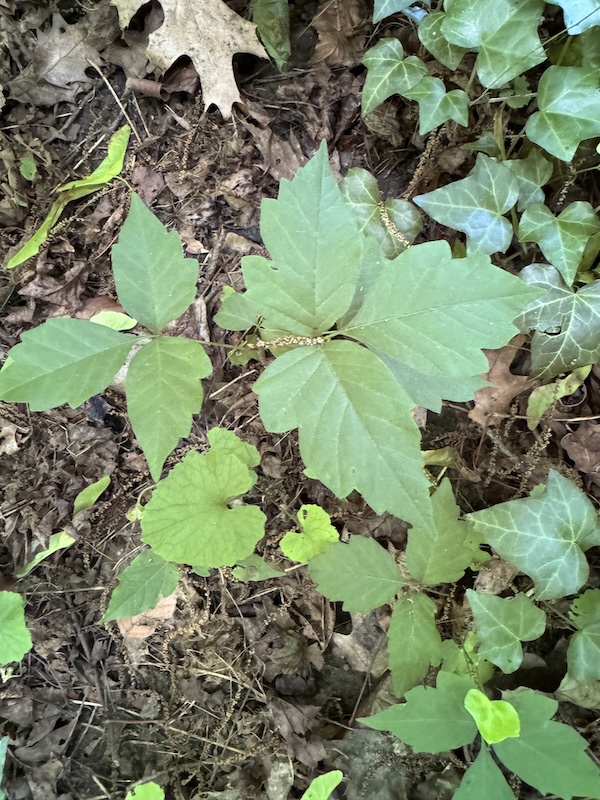
Common Burdock lines the entrance of the walking path. Burdock is a very large, coarse plant with an edible root and a biennial life cycle. That means in its first year of life it produces leaves in the form of a rosette and the leaves grow very large. In its second year, it grows a 3-6 foot stalk with flowers and seeds. The root usually keeps growing after the leaves die in the winter. The taproot can be 1 foot long, and it is edible. While it is considered a weed by most people in the Northeast, it’s actually a native herb to Europe and Asia that has been naturalized in North America. The leaves can be as long as 2-feet in length with a root the radius of 1-foot that tastes like artichoke. The root of Burdock grows strong and deep, making it very difficult to dig out from the ground. But once it is out, it can be safely consumed after it is properly washed and cooked.
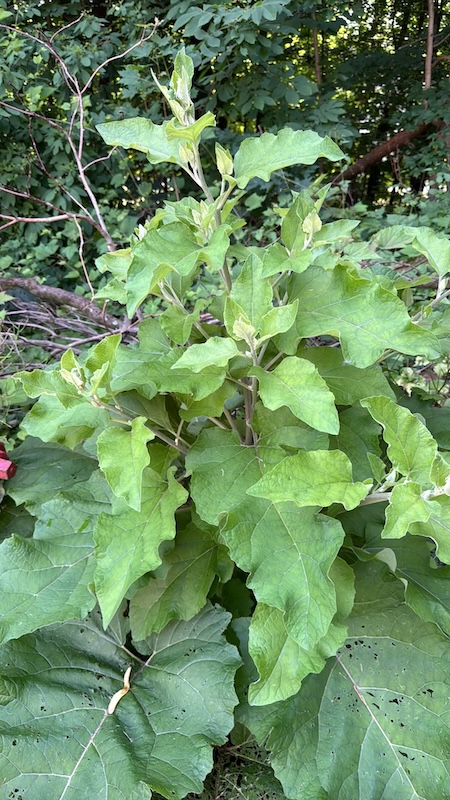
Along the path, we found a myriad of other plants that are considered weeds, but can be eaten by bees and other wildlife. Dandelions flowers are the most abundant during warm May and June days and should be left on lawns because it is the first food that bees can find. Most other plants do not produce a flower until after May. Broadleaf plantains are found in abundance on lawns and in wooded areas all over the Northeast and are difficult to remove, but can also be eaten by rabbits and chipmunks. The wooded area is also home to Jump Seed, Gallant Soldier, from the daisy family, and Pennsylvania Smartweed, from the buckwheat family. Each of these plants can be eaten by squirrels and deer. We found Garlic mustard, a forager’s delight, can be made into a pesto despite being considered an invasive species in the Northeast, Riverbank Grape, and an abundance of English Ivy that grows without ceasing no matter how many times it is cut back!
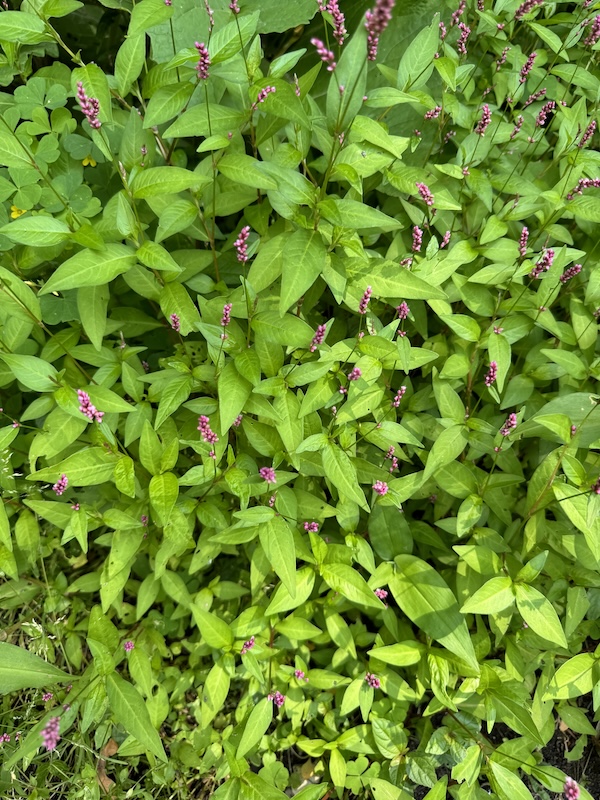
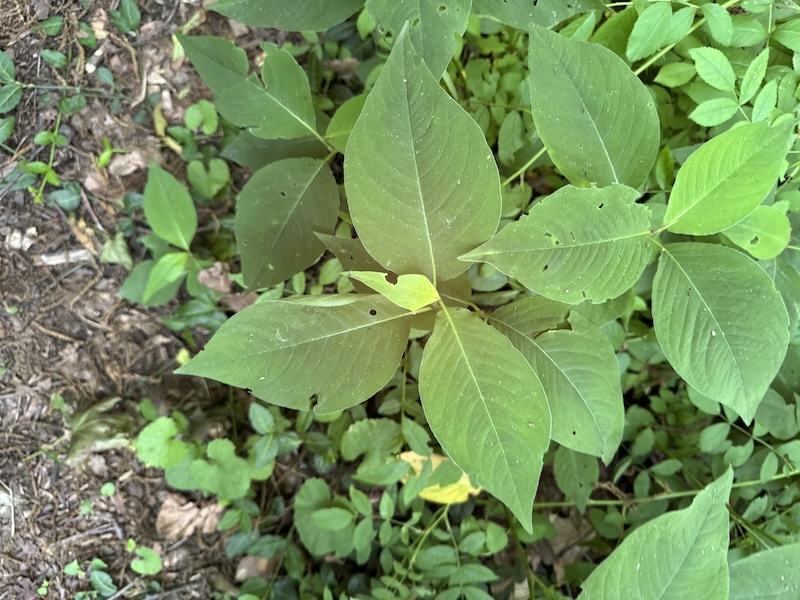
Poison ivy and poison oak grow as small vines that are sometimes interspersed between other plants on the forest floor. When the leaves or the vines of Poison Ivy and Poison Sumac are damaged, then the colorless urushiol oil found inside the black comes out and turns brown and black. Urushiol oil causes allergic reactions on most people’s skin. A neighbor described their reaction as “festering blisters”; and while it can be easily treated by a doctor when it becomes bad, it is nonetheless unpleasant and should be avoided at all times. Our Crestwood Crew took caution in picking up and identifying toxic weeds for patrons by wearing gloves and protective clothing.
Interested in learning more about plants and gardening? Come to Crestwood Library for more information about weeds, plants, flowers, vegetables, and herbs. Join us at Crestwood Library on Monday, July 29 at 1:30 pm for the Bug Off! DIY Bug Repellent Candles program, and look for our other sustainable programs at www.ypl.org.

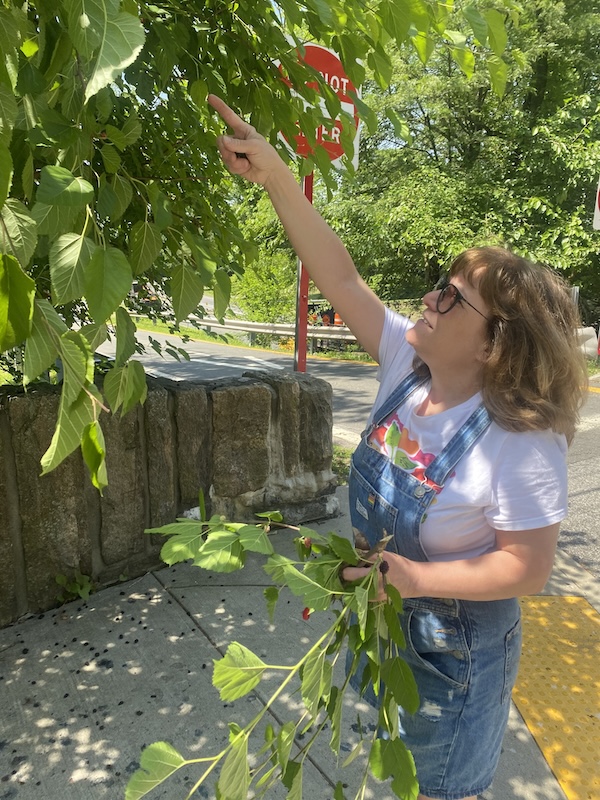
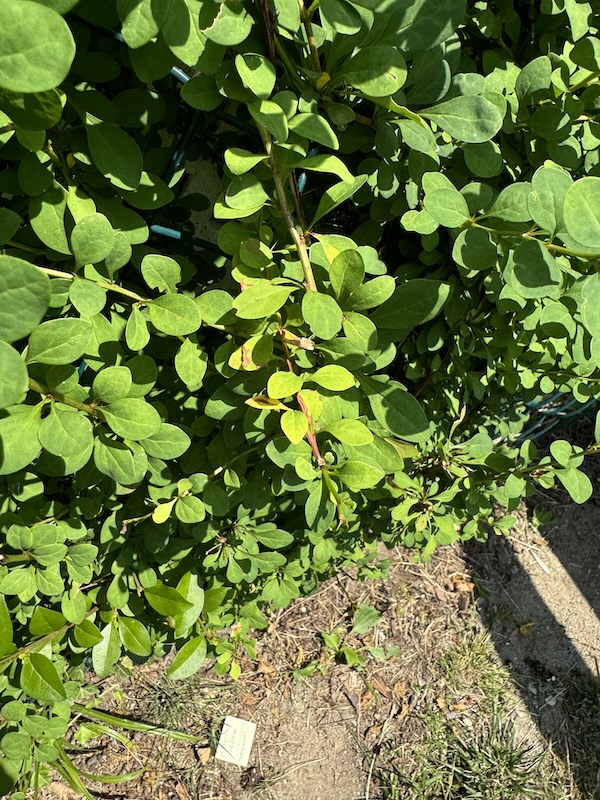
Written by: Jackie Leone
Edited by: Alison Robles and Nora-Grayce Orosz